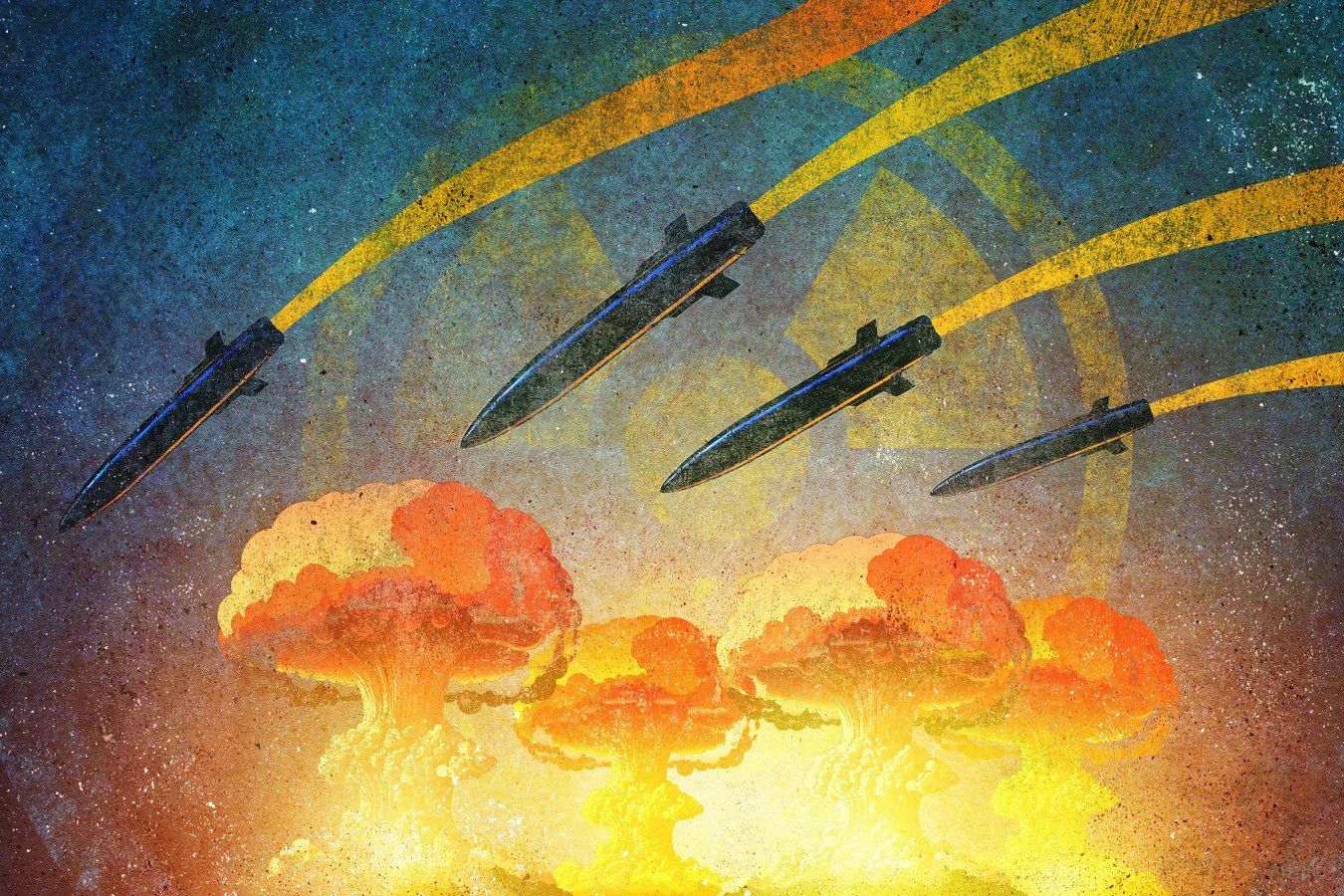On 3 June, the Daily Mail ran a headline that many dismissed as melodramatic, but few could ignore: “Putin knows a nuclear revenge attack will force Ukraine's surrender. These are the four ways he'd strike... and we're powerless to stop this holocaust.”
Quoting Col Richard Kemp, a former British commander in Afghanistan, the piece imagined multiple escalation scenarios where Russia, cornered by battlefield setbacks and deep strategic losses, might resort to tactical nuclear use. The framing may have sounded like tabloid frenzy but it struck a chord with the evolving anxiety in the West: that nuclear deterrence, as traditionally conceived, is disintegrating. That tactical nuclear use, long treated as a taboo, is now entering the realm of possibility — not by miscalculation or accident, but as a calculated tool of escalation management. That the post-Hiroshima threshold is not merely at risk but already structurally breached.
Ukraine’s deep-strike campaign against the air leg of Russia’s nuclear triad marks more than a tactical success; it is a doctrinal rupture. A claimed 20 per cent degradation of Russia’s strategic long-range fleet, achieved using low-cost drones and remote-inserted assets, pierced directly into the Soviet legacy posture. This wasn’t a battlefield blow, it was strategic. It signalled that a top-tier nuclear state has failed to protect its second-strike assets from sub-strategic encroachment. The world has sleepwalked into a new nuclear reality.
Technically, Russia’s 2020 declared deterrence doctrine has been breached. If “critical military infrastructure” includes nuclear-capable bombers and their launch sites, then the threshold for retaliation was crossed. But enforcement isn’t automatic, it’s political. The absence of response so far can only be attributed to structural hesitation or political calibration.
Strategic restraint remains a possibility, if Moscow still calculates long-term positional gain rooted in the attritional phase of its war doctrine. More likely, however, is operational unreadiness.
Continue Reading on The Express Tribune
This preview shows approximately 15% of the article. Read the full story on the publisher's website to support quality journalism.
